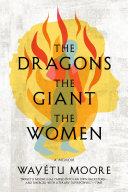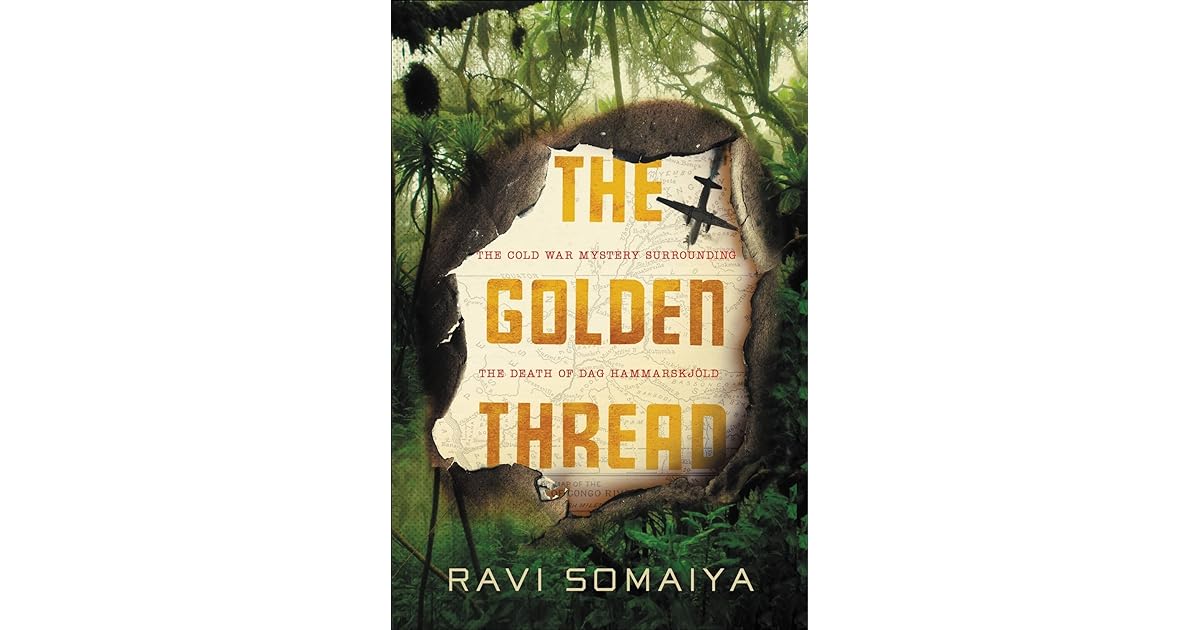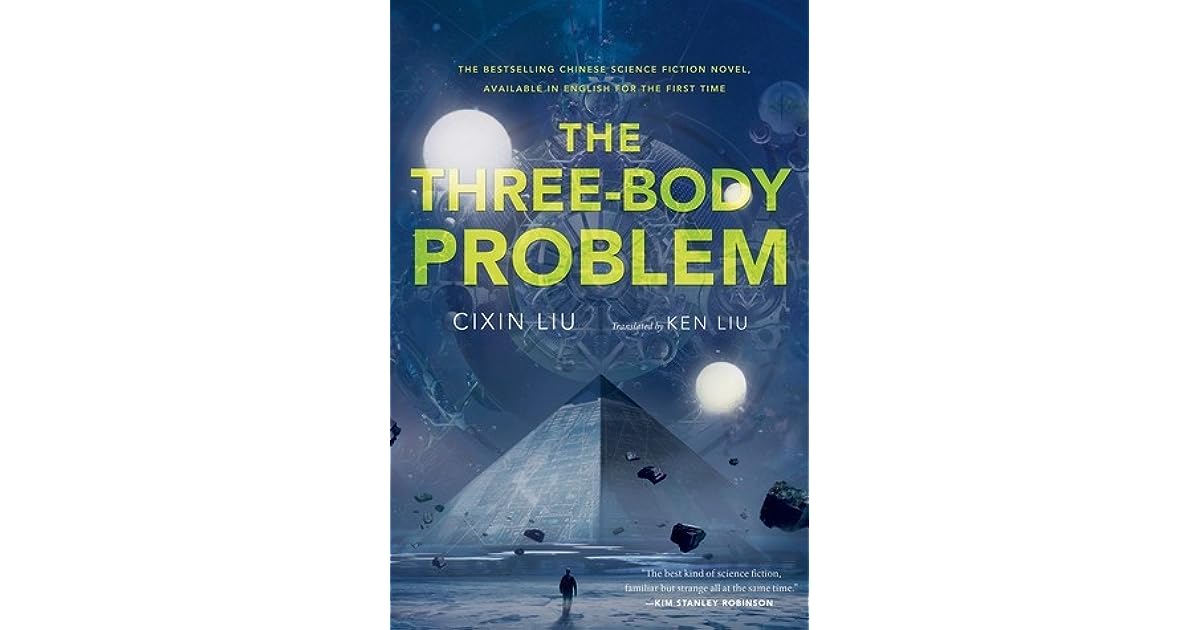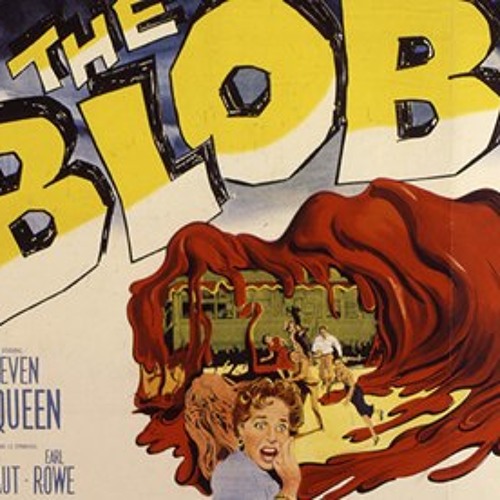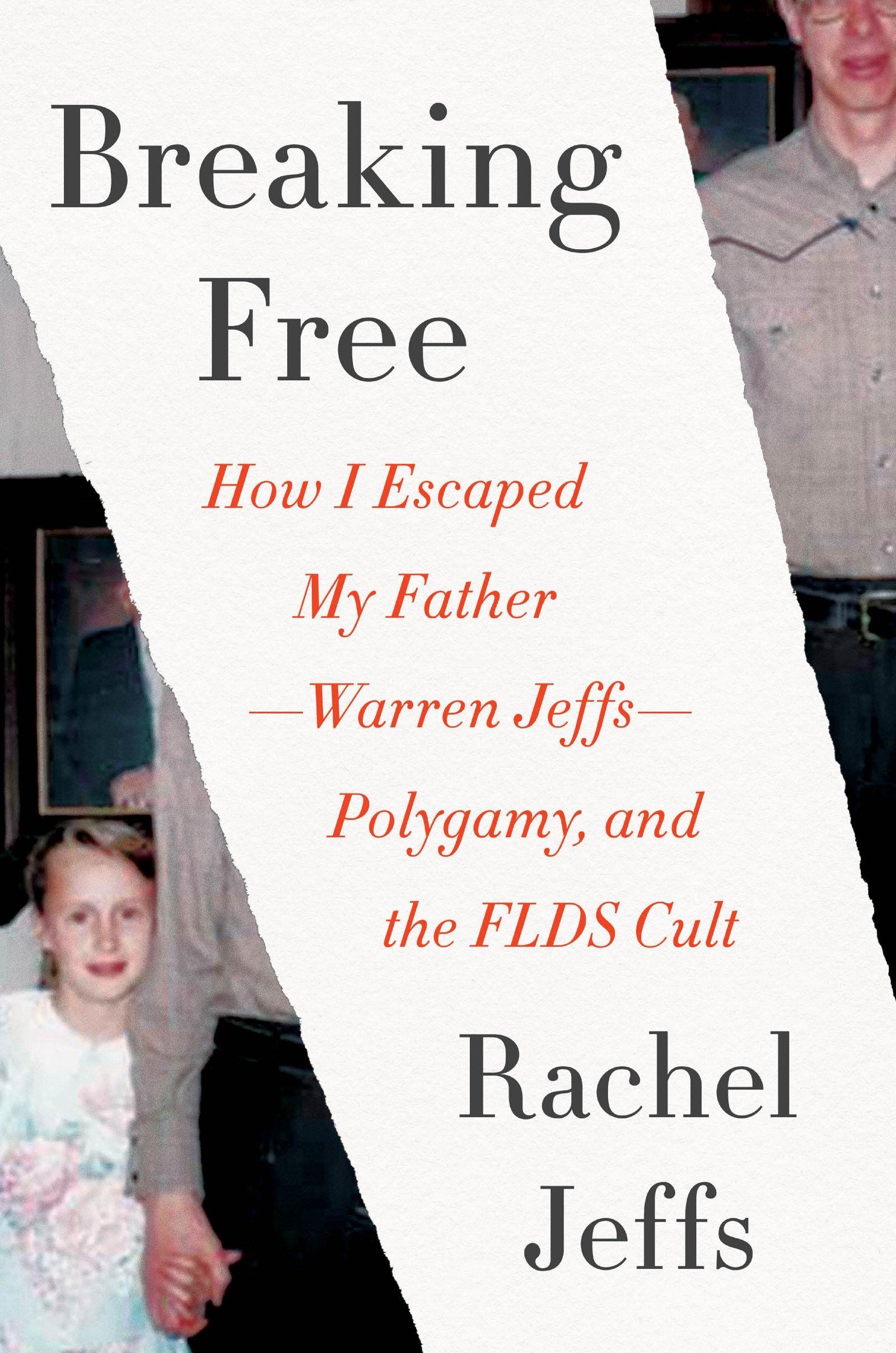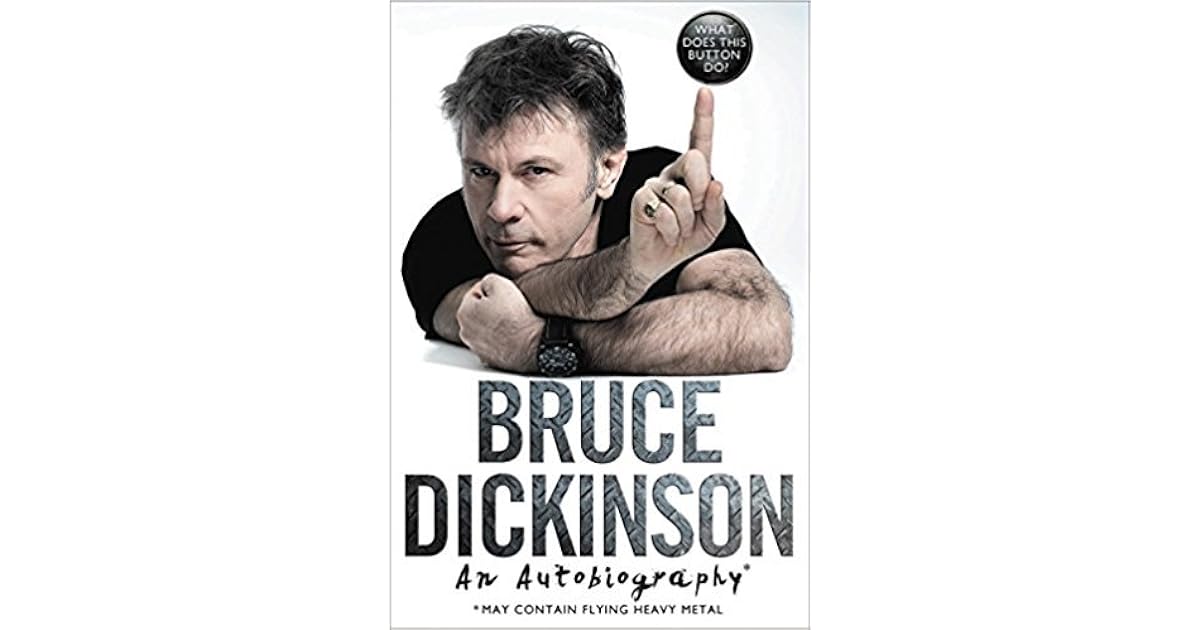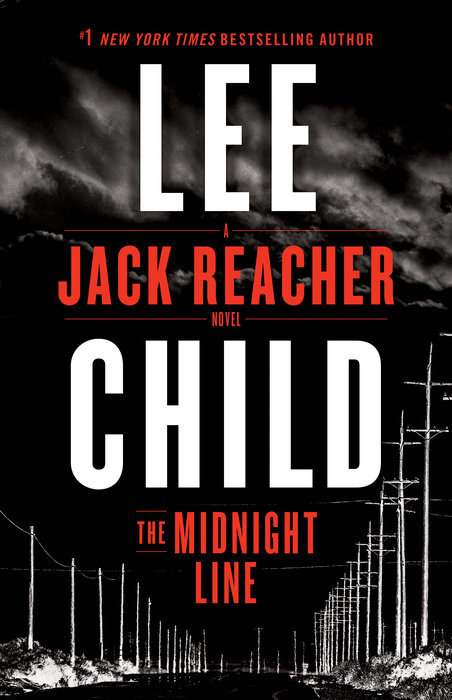Stolen Innocence: My Story of Growing Up in a Polygamous Sect, Becoming a Teenage Bride, and Breaking Free of Warren Jeffs , by Elissa Wall with Lisa Pulitzer
, by Elissa Wall with Lisa Pulitzer
The raid on the FLDS Church’s YFZ ranch in Texas has changed the landscape of the FLDS story. Now that FLDS members are speaking out about their own lives, we’re starting to see things get a little more balanced. At least for the moment, the anti-FLDS crowd has to share the microphone with the FLDS themselves.
But this book is Elissa Wall’s turn at the microphone. And since Elissa is the person whose experience as a child bride resulted in the imprisonment of the FLDS prophet, Warren Jeffs, you can count on polarized opinions. People seem to love her or hate her. FLDS members, some of whom will read this review, probably see Elissa (or at least her work to imprison Warren and sue the church and UEP) as a tool of Satan. People on the outside see Elissa as a child bride and rape victim.
However, no one would say that Elissa Wall had a happy teenage experience. Her memories of childhood in a home with three mothers are bleak, with inter-wife rivalries and jealousy. Let’s be honest: polygamy is almost always a hard life of sacrifice and challenge, even when it works. That’s why its believers call it a higher law. They would say that greater challenges lead to greater blessings. But for Elissa, there were few blessings.
The most intriguing character in the book is Elissa’s mother, Sharon Steed. Her story couldn’t be a bigger downer, and I repeatedly wished I was reading her biography written by one of the great authors (if only such a title existed). Her life, as accounted in this book, is filled with heartbreak and loss even as she remains faithful to her religion. Troubles in the home result in various shuffles in her plural marriage. One wife and her children are removed from the home, then brought back while another is shuffled out. The kids endure countless separations The Wall family struggles to stay together, believing that if they just keep trying heavenly blessings await.
As Elissa’s older siblings grow up, many become disillusioned with the faith and leave for the outside world, and contact with them usually ends at that point. These family breakups are very hard on Elissa as a child, but I sense they caused immense pain for Sharon.
The sad thing throughout is to watch Sharon, as portrayed here. She is apparently a true believer, but her life is constantly beset with woe. Eventually she and her children are reassigned to Fred Jessop, who she later marries.
Uncle Fred is the one who, according to court testimony, set up the fateful marriage between 14-year-old Elissa and her cousin Allen Steed.
Looking at the trial, I always wondered why Warren Jeffs was the only one charged with crimes related to pushing this marriage ahead and trying to keep it together. Allen, the alleged rapist himself, was only charged after Jeffs’ trial. Others pushing the marriage forward were Elissa’s own family, especially her mother. From Elissa’s account of the wedding day:
“Do you, Sister Elissa, take Brother Allen, by the right hand, and give yourself to him to be his lawful and wedded wife for time and all eternity?” Warren repeated in a voice that made the question sound like a command. Even as the silence grew unbearable, I still couldn’t bring myself to formulate the words. Suddenly, I felt my fingers being crushed by my Mom’s death grip. It shocked me into the moment, reminding me that I had no choice but to respond. “Okay,” I said, almost in a whisper. “I do.”
The marriage between Allen and Elissa was doomed to failure. Never mind that she remembers him teasing her as a child, calling her “Tubba Tubba.” But there were bigger issues. Elissa knew nothing whatsoever about sex.
It felt like we were having marital relations all the time, at least once or twice a week.
And I don’t think Allen knew much more. Even put in the best possible light, this relationship was ugly.
“This is going to be the exact same thing all over again,” I blurted out. “All your promises, they mean nothing. Nothing has changed.”
“I’m doing it out of love,” Allen declared. Everything he did was a contradiction, and before I knew it he was playing the guilt card again. As he continued to put his hands all over me, I just froze.
“Okay, fine,” I uttered. “Get it over with.”
I covered the Warren Jeffs trial, so much of the book was a repeat for me. But Elissa offers bits of commentary. Some of it doesn’t quite reconcile for an objective reader. If you are in one camp or another (FLDS or anti-FLDS), you probably already reject or accept her entire book. But for someone in the middle, trying to see all sides, I had questions. For example, Elissa attacks Jennie Pipkin for being a tool of the defense without realizing that she’s filling a similar role for the prosecution.
“If a wife rules over her husband, is that considered a bad thing?”
“No,” she (Pipkin) answered firmly. “I do what I want whether we agree or not.”
Her statement shocked me. She was outwardly defying so many teachings of the FLDS in a desperate attempt to prove a point for the defense.
That one was especially confusing, since it comes after many pages that describe Elissa breaking so many rules of the FLDS lifestyle against her husband’s wishes, and not getting into much trouble over any of it. She’s rocking out to Bon Jovi, watching television, sneaking around, partying, and spending nights sleeping in her truck. None of that behavior seems to get her in much trouble, though Pipken testifying in court that she can can do what she wants is labeled a shocking statement.
At another point in the trial, Elissa recounts mouthing the word, “hi” to a defense witness on the stand. Even if they had once been friends, this act seems a little bizarre to me considering that the intent of Elissa’s own testimony was to imprison the defense witness’s spiritual leader and prophet. Not to mention her lawsuits targeting the community.
Elissa sometimes comes across as naive. But to be clear, that naivety may not be her own fault. Elissa Wall is a product of her upbringing, and that raises serious questions about parenting, education, faith, and who we choose as our spiritual leaders. Her situation, which may or may not be common in the FLDS church, is a troubling mark on the reputation of Warren Jeffs and his followers. Here she recounts her last meeting with her mother, who remains a member of the FLDS church:
My sister stared over me at Mom. “I don’t feel like you have the power to stop something from happening to those girls. I don’t feel like you have the power to protect them.”
“Yes, I do,” Mom insisted. It was sad to hear her trying to convince herself of that. I knew how much she loved those girls, and that she would never want any harm to come to them. But the ominous sight of the white truck with the tinted windows was an ugly reminder of what lengths these people would go to keep a hold on their followers.
“No you don’t,” Kassandra (Becky Musser) shot back. “You didn’t have it when it happened to Lesie (Elissa), and you won’t have it when it happens to those girls.”
“Well, that’s just something I’ll just have to put on a shelf,” Mom said, referring to her inability to halt my marriage to Allen. It seemed that no difficult conversation with Mom had ever been complete without this line.
“I’d rather see you die than fight the priesthood,” Mom said. Her words were a hard slap on the face. Everything Mom had ever done had been influenced by her loyalty to the church above all else, but to hear her phrase it in such indisputable terms was upsetting.
Sharon, I’m dying to read your story. And those of so many others.


